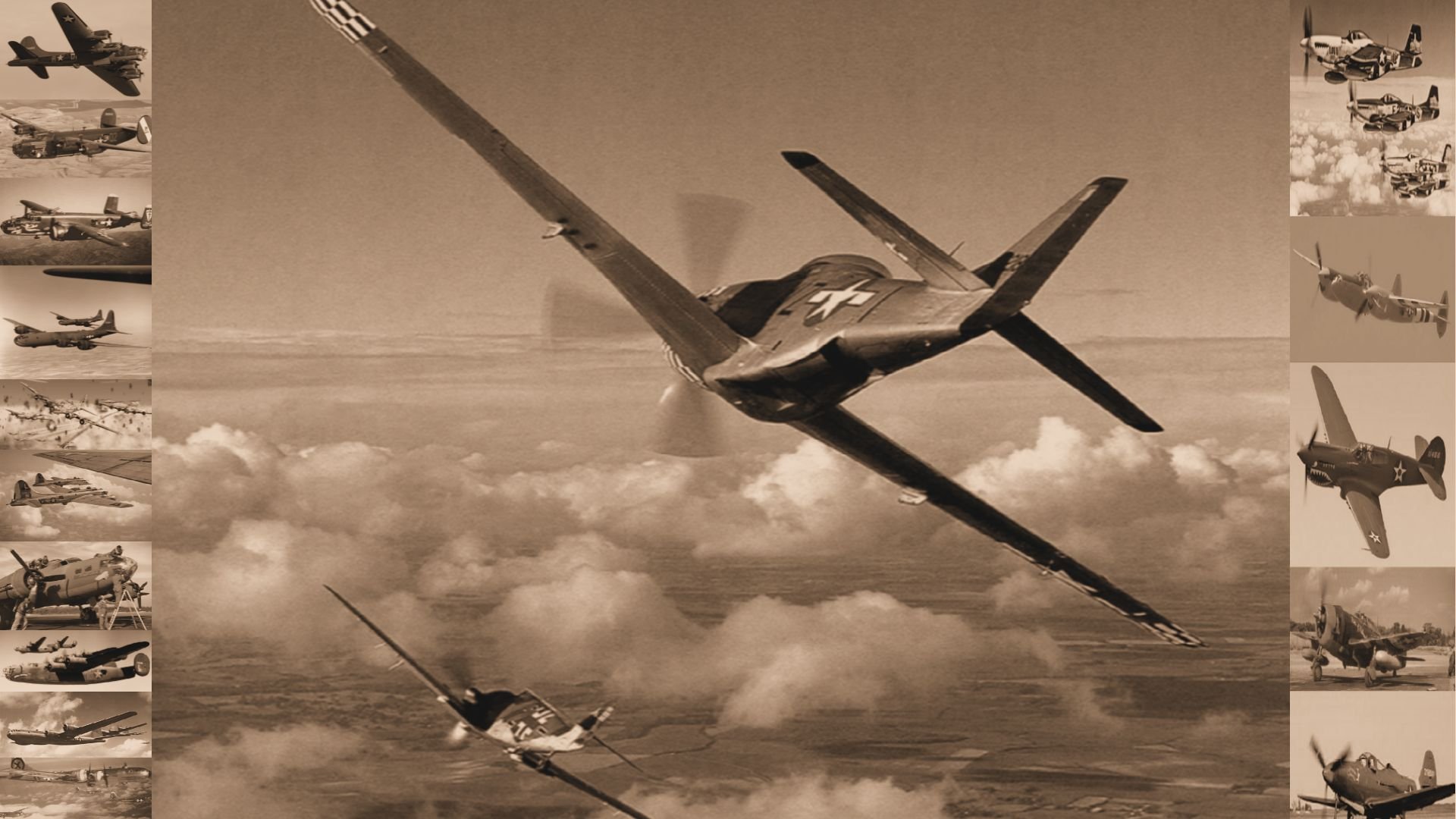 Boeing P-26 'Peashooter'
Boeing P-26 'Peashooter'
The Boeing P-26, nicknamed the 'Peashooter', was the first all-metal production fighter aircraft and the first pursuit monoplane used by the United States Army Air Corps(USAAC). The prototype first flew in 1932, and were used as late as 1941 in the Philippines. The diminutive 'Peashooter', as it became affectionately known by service pilots, was faster than previous American combat aircraft. Nonetheless, due to the rapid progress in aviation design in the 1930s, its design quickly became outdated, with its wire-braced wings, fixed landing gear and open cockpit representing its outdated design features.
Back to Top
Development
The Boeing-funded project to produce the Boeing Model 248 began in September 1931, with the Army Air Corps supplying engines and instruments. The design, which included an open cockpit, fixed landing gear and externally braced wings, was the last such design procured by the USAAC as a fighter aircraft. The USAAC contracted for three prototypes, designated XP-936, with the first flight on 20 March 1932. Boeing received an order for 111 of the production version (Model 266), officially designated P-26A, which included an improved wing structure and a radio. The first production P-26A flew on 10 January 1934, and the last of the production run was delivered in June. An additional 25 aircraft were completed as P-26B with Pratt & Whitney R-1340-33 Wasp engines, and 23 P-26C had minor changes to carburation and the fuel system.
Back to Top
Into Service
USAAC
Deliveries to USAAC pursuit squadrons began in December 1933 with the last production aircraft in the series coming off the assembly line in 1936, designated the P-26C. Ultimately, 22 squadrons flew the Peashooter, with peak service being six squadrons in 1936. However, over the next few years, newer planes such as the Seversky P-35 and Curtiss P-36's began to replace them. By December 1941, U.S. fighter strength in the Philippines included 28 P-26s, 12 of which were operational with the 6th Pursuit Squadron of the Philippine Army Air Corps. Filipino-flown P-26s claimed one G3M and two or three Mitsubishi A6M2 'Zeros' before the last of the P-26s were burned by their crews on 24 December 1941.
Back to Top
Foreign Service
Eleven P-26s, Model 281, were built for China, with eight P-26/281s from the Chinese Air Force 3rd Pursuit Group, 17th Squadron, based at Chuyung airfield, engaging eight out of 20 Mitsubishi G3M medium bombers from the Kisarazu Air Group sent to attack Nanking. The Chinese Boeing fighters helped shoot down two of the four Japanese bombers destroyed that day without suffering any losses. In 1942-43, the Fuerza Aérea de Guatemala acquired seven P-26s ostensibly by the U.S. government smuggling them in as "Boeing PT-26A" trainers to get around restrictions of sales to Latin American countries. The last two P-26s in service were still flying with Guatemala's Air Force until 1956. One was built for Spain, but no further orders were placed. A total of 151 P-26's were produced and a small number of replicas have been faithfully reproduced.
Back to Top


